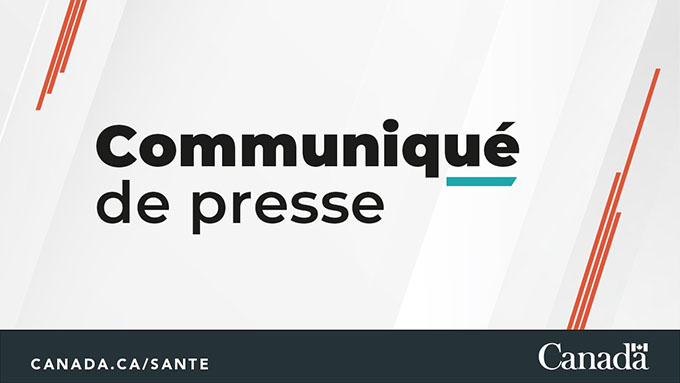MONTREAL – The brains of fighter pilots appear to process sensorimotor information more efficiently than that of mere mortals, revealing what may be the first-ever study of its kind.
The aim of the Belgian researchers was to expand the available information on the changes that astronauts’ brains undergo in weightlessness. Since it is easier to recruit fighter pilots than astronauts, they performed magnetic resonance imaging on ten Belgian Air Force F-16 pilots and compared the results with those of civilians.
“There are several astronauts who are fighter pilots and several astronauts who are not fighter pilots, so it’s very interesting to see the differences between the two,” commented lead scientist Perry Johnson-Green, Physical and Life Sciences, Canadian Space Agency.
In addition to increased connectivity in the region of the brain responsible for processing sensorimotor information (i.e. the brain processes responsible for motor responses in the central nervous system), researchers at the University of Antwerp have identified greater connectivity in the frontal regions of the brain presumably involved in the complex cognitive tasks required to control a sophisticated device.
Greater connectivity was also measured in regions of the brain that process visual and vestibular information — those related to movement, head position, and spatial orientation.
“The role of visual information versus vestibular information (in space) is not well understood,” Johnson-Green said. So it’s very relevant.”
The Canadian Space Agency and the University of Calgary are currently collaborating on a study to try to better understand how astronauts navigate aboard the International Space Station, he added, but the results aren’t available yet.
The Belgian researchers not only saw differences between pilots and civilians, but also between very experienced and less experienced pilots. This could mean that the connectivity of certain brain regions develops as pilots gain experience.
Previous studies had shown that astronauts’ brains change not only during their stay in space but throughout their training, a phenomenon called neural plasticity.
For example, a study published last year in Frontiers in Neural Circuits by the same team showed microscopic changes in the white matter in astronauts’ brains, which is responsible not only for communication within the brain, but also for communication between the brain and the rest of the body .
Another study, published last May on the pages of Scientific Reports, showed an increase in the volume of the spaces in the brain where cerebrospinal fluid circulates, but only in astronauts returning from a first-ever visit to space. This volume remained stable (or decreased somewhat) in experienced astronauts.
These spaces are part of a system whose job it is to carry away proteins that would otherwise build up in the brain. On Earth, their enlargement has been linked to the development of neurodegenerative diseases such as Alzheimer’s disease.
Researchers finally published a study in 2016 that revealed that gray matter volume increases or decreases in different regions of astronauts’ brains. These changes were proportional to the length of time spent in space.
The same Belgian researchers who signed the new study had shown that certain changes remain measurable several months after the astronauts return to Earth.
A better understanding of all these changes is crucial at a time when humanity is contemplating establishing a permanent base on the Moon and long space missions to the planet Mars.
“We know there are risks associated with isolating astronauts during these very long missions,” said Mr. Johnson-Green. There are many risks that we do not yet fully understand in terms of how the brain works and how astronauts behave in this context, for performance but also for mental health.
The intense radiation present in space could also affect astronauts’ performance by affecting their cells, he recalled.
The results of this study, which could also lead to the development of better training for pilots and astronauts, were published in the medical journal Frontiers in Physiology.

Award-winning entrepreneur. Baconaholic. Food advocate. Wannabe beer maven. Twitter ninja.






